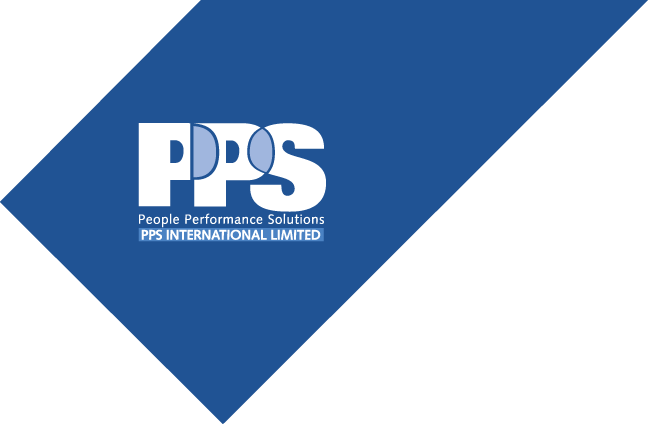From Conflict to Collaboration: Conflict Resolution Strategies
From Conflict to Collaboration: Conflict Resolution Strategies
Conflict can be resolved by using a Communication Cycle that gets at the root issues and causes of conflict.
All individuals within organizations experience conflict; this is not unusual. What is unusual—and very effective—is when leaders can handle this conflict in a way that encourages problem-solving and solutions in which all parties get their needs met. This way of managing conflict creates lasting resolutions. Conflict can be resolved by using a Communication Cycle that gets at the root issues and causes of conflict. In this way, conflict does not become a debilitating reason employee and customer needs are not met.

Your organization’s leaders and others may need these skills if:
- Arguments and disagreements are not dealt with when they initially occur.
- Individuals avoid each other because of unresolved conflict.
- Certain individuals tend to get their needs met while others do not.
- Emotion takes over any discussion or disagreement and clouds the true issues.
- There is low involvement and trust in solving problems which cause conflict.
Learning Outcomes:
- Use a communication to understand the needs of others and to advocate for your own position.
- Identify a means of resolving conflict appropriate to the situation.
- Recognize different personal styles of handling conflict.
- Manage the strong emotions which arise during conflict.
- Work collaboratively to find solutions that meet all needs.
- Handle conflict between groups by using group problem-solving methods.
Available Options and Features:
- Conflict Resolution skill cards
- Self-assessment of conflict preferences
- Can include Thomas Kilmann Conflict Mode Assessment (TKI)
- Role plays can be tailored to specific audience scenarios
Logistics:
- Half-day program
- One-day program

